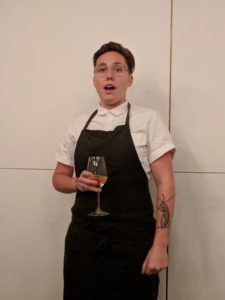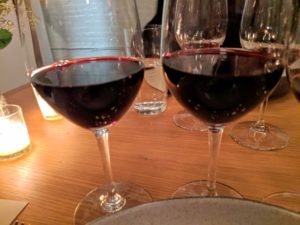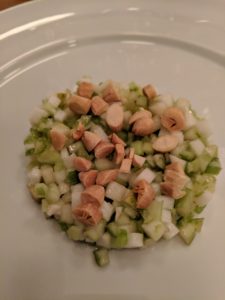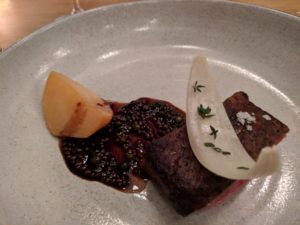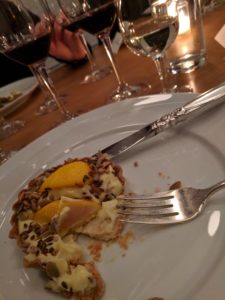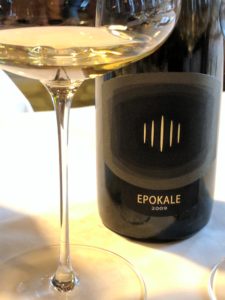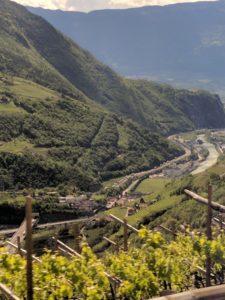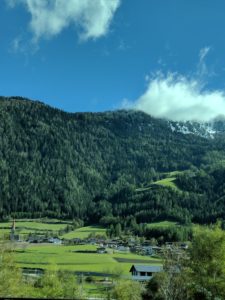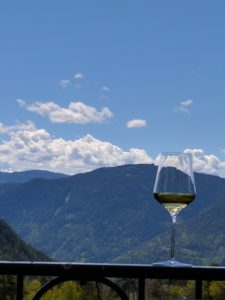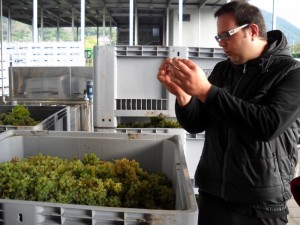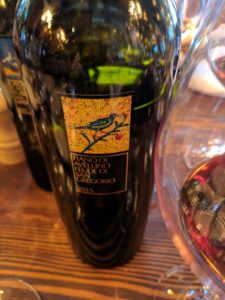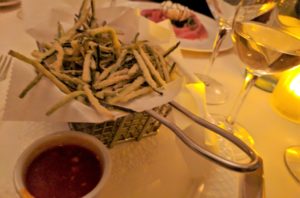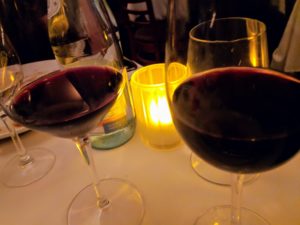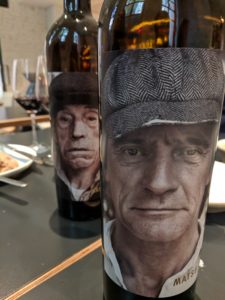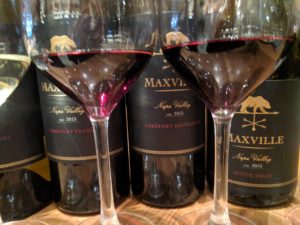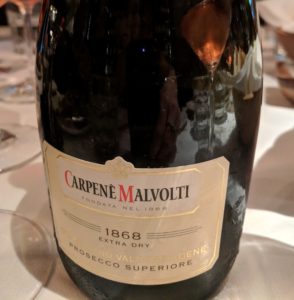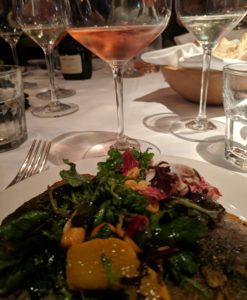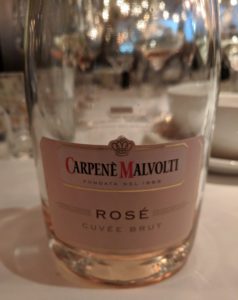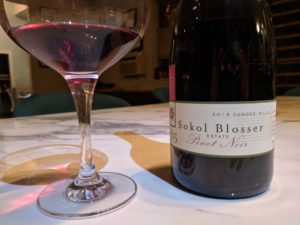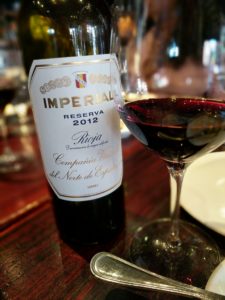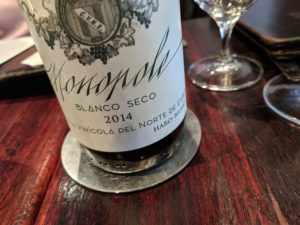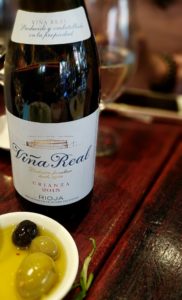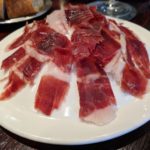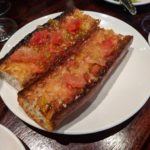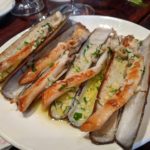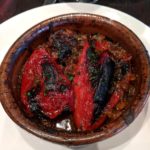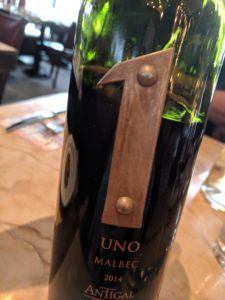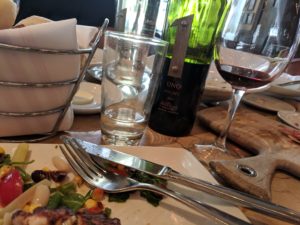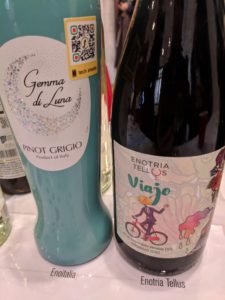 With its wealth of wines and wine regions, there is a lot to know about Italian wine! Plus, Italy seems to be in a constant state of flux with regard to rules and regulations as it continually seeks to improve the quality of its production. In October, I attended the Simply Italian Great Wines U.S. Tour 2018, organized by IEEM USA, to get the scoop on a new DOC as well as update my knowledge on Lambrusco. Similarly, some recent press releases have also kept me up-to-date on changes in Piedmont.
With its wealth of wines and wine regions, there is a lot to know about Italian wine! Plus, Italy seems to be in a constant state of flux with regard to rules and regulations as it continually seeks to improve the quality of its production. In October, I attended the Simply Italian Great Wines U.S. Tour 2018, organized by IEEM USA, to get the scoop on a new DOC as well as update my knowledge on Lambrusco. Similarly, some recent press releases have also kept me up-to-date on changes in Piedmont.
65 Shades of Grey
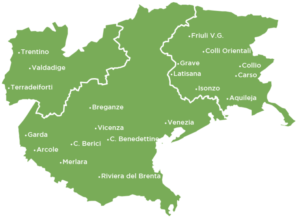 At the Simply Italian event, attendees had the opportunity to taste through 65 shades of grey (or more correctly in Italian, grigio). All of the wines were produced from the Pinot Grigio grape variety and were part of the new DOC delle Venezie. This new denomination was established in 2017, implementing new rules such as lower yields, and elevating Pinot Grigio from IGP status.
At the Simply Italian event, attendees had the opportunity to taste through 65 shades of grey (or more correctly in Italian, grigio). All of the wines were produced from the Pinot Grigio grape variety and were part of the new DOC delle Venezie. This new denomination was established in 2017, implementing new rules such as lower yields, and elevating Pinot Grigio from IGP status.
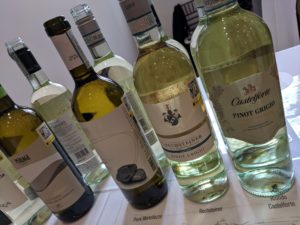 One of the largest production areas in all of Europe, the DOC comprises 30,000 hectares spread over three regions. The DOC delle Venezie bills itself as “Italian style Pinot Grigio,” but there is still plenty of room for diversity with wines at the event ranging from still to sparking and one with a hint of color from brief skin contact. Although I tasted through quite a few of the wines on offer, I wisely did not attempt to try all 65. Of the ones I tasted, my favorites included those from Tomassi, Perlage, SalvaTerra and Tre.
One of the largest production areas in all of Europe, the DOC comprises 30,000 hectares spread over three regions. The DOC delle Venezie bills itself as “Italian style Pinot Grigio,” but there is still plenty of room for diversity with wines at the event ranging from still to sparking and one with a hint of color from brief skin contact. Although I tasted through quite a few of the wines on offer, I wisely did not attempt to try all 65. Of the ones I tasted, my favorites included those from Tomassi, Perlage, SalvaTerra and Tre.
The (Un)usual Suspects
 Whereas Pinot Grigio is quite well-known in the U.S., Lambrusco is less ubiquitous, but definitely worth knowing about. In a session titled, “Lambrusco D.O.C. & Sangiovese D.O.C.: The Cultural Heritage of the Territory,” Professor Giammario Villa explained that the Emilia Romagna region’s main cultural focus is food, as evidenced by talk about dinner as early as breakfast. This emphasis is likely a result of the Via Emilia Road built by the Roman consults in 187 BCE, which created the hubs of Reggio, Parma, Bologna, all of which are synonymous with food. Vinously, the region has numerous geological differences that have influenced the local wine legislation. The Professor also noted that the region is marked by a preponderance of cooperatives (responsible for 75% of the wines produced), which has kept wine prices relatively inexpensive.
Whereas Pinot Grigio is quite well-known in the U.S., Lambrusco is less ubiquitous, but definitely worth knowing about. In a session titled, “Lambrusco D.O.C. & Sangiovese D.O.C.: The Cultural Heritage of the Territory,” Professor Giammario Villa explained that the Emilia Romagna region’s main cultural focus is food, as evidenced by talk about dinner as early as breakfast. This emphasis is likely a result of the Via Emilia Road built by the Roman consults in 187 BCE, which created the hubs of Reggio, Parma, Bologna, all of which are synonymous with food. Vinously, the region has numerous geological differences that have influenced the local wine legislation. The Professor also noted that the region is marked by a preponderance of cooperatives (responsible for 75% of the wines produced), which has kept wine prices relatively inexpensive.
With regard to Lambrusco itself, there are 6 DOCs: Colli di Scandiano e di Canossa and Reggiano within Reggio Emilia and four more in Modena. Wine produced in the more flexible designation of Lambrusco di Modena has been made as early as the middle of the 10th century and currently permits higher yields than the more specific Lambrusco Grasparossa di Castelvetro, Lambrusco Salamino di Santa Croce and Lambrusco di Sorbara.
While there are stylistic differences among the various DOCs, in general, Lambrusco is produced via the Charmat Method and the resulting wines typically display high acidity, at least some effervescence, low alcohol and fruity and floral aromas. However, they are more varied with regard to tannins and body/structure.
Coming from the northern part of the region, the wines of Lambrusco di Sorbara are usually quite light in color, while those from Reggiano are deep in color with a lively foam. Located in the central part of the region, with vines grown at a higher altitude, the wines of Lambrusco Grasparosa di Castelvetro hail from the clay soils and hilly slopes and offer up earthy, spicy notes along with more tannin and structure.
Tasting through a selection of these wines, I was reminded just how much I enjoy Lambrusco and wondered why I don’t remember to drink them more often. My tasting notes are included below.
Updates in Piedmont
 Within Piedmont, perhaps best-known for Barbaresco and Barolo, attention has been turned to its Barbera variety. Specifically, the Consorzio Barbera d’Asti e Vini del Monferrato has partnered with the Università di Torino – Disafa to conduct a scientific study to create a sensory map of the Barbera d’Asti DOCG appellation. Called Barbera d’Asti 2.0, the focus of this study is to better understand the influence of geological and climatic conditions and how these growing conditions relate to the wine profiles of the wines produced in each area. The study took a year to complete and the results (aka the map) have just been published.
Within Piedmont, perhaps best-known for Barbaresco and Barolo, attention has been turned to its Barbera variety. Specifically, the Consorzio Barbera d’Asti e Vini del Monferrato has partnered with the Università di Torino – Disafa to conduct a scientific study to create a sensory map of the Barbera d’Asti DOCG appellation. Called Barbera d’Asti 2.0, the focus of this study is to better understand the influence of geological and climatic conditions and how these growing conditions relate to the wine profiles of the wines produced in each area. The study took a year to complete and the results (aka the map) have just been published.
Shining light on another grape variety, the same Consorzio has also received approval to modify the specifications of the Monferrato DOC, which has now been expanded to include two additional DOCs: Monferrato Nebbiolo and Monferrato Nebbiolo Superiore. The new denomination will take effect with the 2019 harvest, with the first wines released into the market in 2020, after the requisite aging periods (12 and 18 months, respectively). The main impetus for this change was to permit producers to include the grape variety on the label. Given that the Monferrato designation by itself has limited consumer recognition, this should give the participating wineries a better opportunity to market their wines.
TASTING NOTES
Cleto Chiarli ‘Vecchia Modena’ Lambrusco NV
Aromas of strawberry greeted the nose. On the palate it was very tart and fresh with underripe strawberry flavors and and long length.
For.Mo.Sa Lambrusco Grasparossa di Castelvetro DOP NV
With deeper, darker red fruits, bright acidity, this was relatively full bodied with good length.
Ca’ Montanari ‘Opera 02’ Lambrusco di Modena DOP NV
Displaying a cocoa note as well as red fruit on nose, this wine was fuller in body, offering up darker fruits and good acidity.
Lombardini ‘Il Signore Campanone’ Lambrusco Reggiano DOP NV
A shier nose with less fruity aromas, this wine was earthy with slight cherry notes on the palate.


